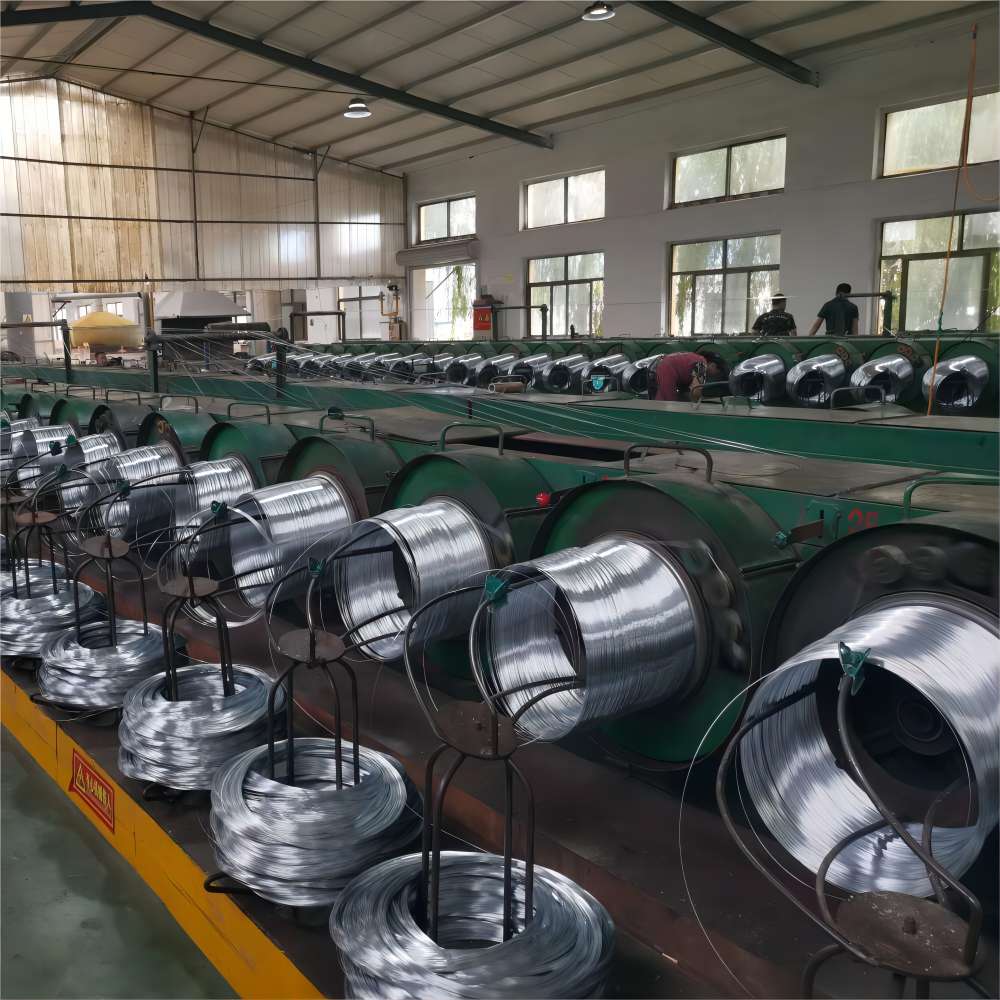weld mesh reinforcement
Welded Mesh Reinforcement An Overview
Welded mesh reinforcement is a crucial component in construction and civil engineering, playing an integral role in enhancing the structural integrity and durability of concrete structures. This technique involves the use of steel wire mesh that is welded at the intersections to create a grid-like pattern. It is widely used in various applications, including floors, walls, pavements, and more, offering numerous advantages over traditional methods of reinforcement.
Composition and Manufacturing
Welded mesh is typically made from high-strength steel wires that are arranged in a grid pattern, with the distance between the wires defined by standard specifications. The wires are cross-welded at their intersections, forming a rigid and flat sheet. The welding process ensures a continuous and robust connection, distributing loads evenly across the mesh. The mesh can be manufactured in various sizes and strengths, making it versatile for different construction needs.
The production of welded mesh involves several steps, including wire drawing, cutting, and welding. High-quality raw materials are critical to the manufacturing process, as they directly affect the strength and durability of the final product. By adhering to stringent quality control measures, manufacturers can ensure that the welded mesh meets industry standards and specifications.
Advantages of Welded Mesh Reinforcement
1. Structural Integrity One of the primary benefits of welded mesh is its ability to enhance the structural integrity of concrete structures. The uniform distribution of loads across the mesh helps to prevent cracking, settling, and other forms of structural damage.
2. Ease of Installation Welded mesh sheets can be easily placed and secured in position before the concrete is poured. This efficient installation process can significantly reduce labor costs and construction time compared to individual bar reinforcement.
3. Cost-Effectiveness While the initial investment in welded mesh might be higher than traditional reinforcement bars, the overall cost-effectiveness in terms of reduced labor, fewer materials, and less time on site makes it a popular choice among builders and contractors.
4. Versatility Welded mesh can be customized to fit a wide range of applications. From residential buildings to large-scale infrastructure projects, its flexibility allows it to be used in various types of construction designs.
weld mesh reinforcement

5. Improved Durability The welds in welded mesh create a strong bond that withstands various stresses and external forces. This durability enhances the lifespan of the structure, reducing maintenance costs over time.
Applications of Welded Mesh Reinforcement
The versatility of welded mesh makes it suitable for numerous applications in the construction industry
- Floor Slabs It is commonly used in the reinforcement of concrete floor slabs in both residential and commercial buildings, ensuring even distribution of loads and preventing cracking.
- Walls and Foundations Welded mesh is employed in the reinforcement of walls and foundations, providing additional strength to withstand external pressures and loads.
- Pavements and Driveways In outdoor applications, welded mesh is utilized in concrete pavements and driveways, enhancing their load-bearing capacity and reducing the risk of fissures.
- Precast Concrete Elements Welded mesh is also used in the production of precast concrete elements, which are fabricated off-site and assembled on construction sites, ensuring consistency in quality and performance.
Conclusion
Welded mesh reinforcement has revolutionized the approach to reinforcing concrete structures. Its unique combination of strength, ease of installation, versatility, and cost-effectiveness makes it an indispensable tool in modern construction practices. As the construction industry continues to evolve, the demand for innovative reinforcement methods like welded mesh is expected to grow, leading to safer, more durable, and more efficient structures. Thus, understanding and utilizing welded mesh reinforcement not only enhances the quality of construction but also contributes to the sustainability and resilience of our built environment.
-
Space-Saving Chain Fence Hacks Vertical Gardening with Cyclone MeshNewsJul.16,2025
-
Innovations in Iron Nail Wire Production for Modern ConstructionNewsJul.16,2025
-
Creative Uses of Wire Netting Fence in Modern Landscape DesignNewsJul.16,2025
-
Barbed Wire Fence Innovations in Anti-Climb TechnologyNewsJul.16,2025
-
Architectural Uses of Umbrella Nails for Aesthetic Roof DesignsNewsJul.16,2025
-
Architectural Uses of Razor Barbed Wire in Secure Urban DesignNewsJul.16,2025




